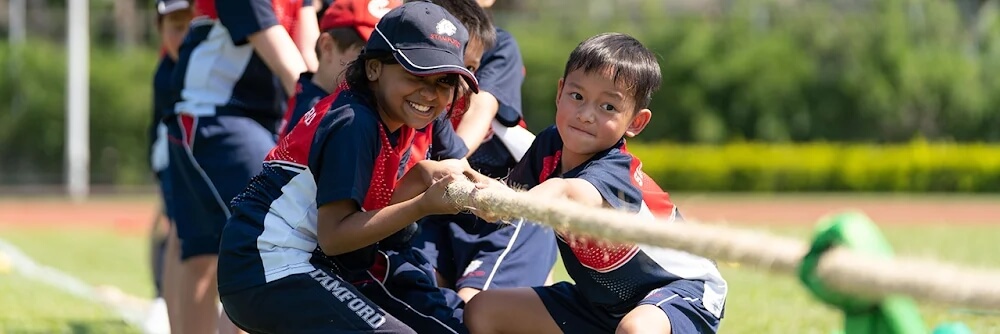Simple Tips to Improve Your Family’s Well-Being
It’s critical for children to lead a healthy lifestyle, including eating nutritious meals as well as getting plenty of exercises and adequate sleep every day. These positive health habits will help children grow strong, stay healthy, and decrease the likelihood that they will become obese.
Physically, a child’s body is different from that of an adult, and it can be hard to understand that a child is not a miniature adult. Because children are growing and developing, they have particular nutritional requirements. Even teens are still growing, often in ways that we cannot see. Giving children nutritionally dense food options is vital for proper overall growth and development.
Diet and nutrition are key factors in the health and growth of a child. Children require lots of nutrients to help their bodies develop all the necessary functions and tissues they need, and the quality (or lack thereof) of these nutrients can have a significant impact on health.
A child’s diet influences everything from primary brain function to behavioral patterns. Nutrition is also involved in the prevention of many childhood diseases, especially conditions like obesity and diabetes.
Children who embrace healthy eating and exercise habits during middle childhood will have a much easier time maintaining a healthy lifestyle through adolescence and adulthood than individuals who try to make the shift later in life. Teaching children to eat moderate portion sizes habitually and to choose healthy foods in preference to junk foods becomes increasingly important as children begin to spend more time away from home and gain more independence over their food and activity choices. Even though parents have less control over their children’s eating habits during middle childhood than when children were younger, it remains vital that parents continue to reinforce children’s healthy habits whenever possible.
What can parents do?
Here are five simple tips:
Tip 1: Get active every day
Regular physical activity is essential for healthy growth, development, and well-being of children and teens. They should get at least 60 minutes of physical activity every day. Parents should be good role models and have a positive attitude to being active.
Tip 2: Drink water
Water is the best way to quench your thirst – and it doesn’t come with the added sugar found in soft drinks, fruit juice drinks and other sweetened drinks. If you are looking for a change from water, then reduced fat milk for children over two years of age is a nutritious drink and a great source of calcium. However, don’t reach for a fruit juice but give children and teens whole fruit to eat, which contain more fiber and less sugar.
Tip 3: Eat more fruit and vegetables
Eating fruit and vegetables every day helps children and teens grow and develop, boosts their vitality and can reduce the risk of many chronic diseases. Aim to eat two serves of fruit and five serves of vegetables every day. Have fresh fruit available as a convenient snack and try to include fruits and vegetables in every meal.
Tip 4: Switch off the TV or computer and get active
Sedentary or ‘still’ time spent watching TV, surfing online or playing computer games is linked to children becoming overweight or obese. Children and teens should spend no more than 2 hours a day on ‘small screen’ entertainment. Plan a range of active indoor and outdoor games or activities for your children as alternatives to watching TV or playing on the computer.
Tip 5: Get children involved
Have your children help you shop for groceries and choose foods to eat. Teach them how to read a food label so they know the nutrition in the foods they’re choosing. They can also help fix meals and take some ownership in what they’re eating. Another fun way to involve your child is to plant a garden. Growing some of your favorite fruits, vegetables, and herbs can teach children valuable lessons. Planting, maintaining, and harvesting your own food is satisfying. Even if you don’t have a lot of space, small herb gardens are easy to create on a window sill which can be a fulfilling experience for children and adults alike.
About the Author
Liliana Rodrigues Martins is a Physical Education Teacher at Stamford Hong Kong. Liliana has a Master’s Degree in Teaching Physical Education in Elementary and Secondary Levels, a Bachelor’s Degree in Physical Education & Sports and QTS by UK Government. She is also a qualified swimming coach ASCA Levels 1, 2 and 3. Originally from Portugal, she has been teaching PE and Swimming in different countries around the world such as Thailand, Qatar, Norway, and Portugal. Liliana enjoys teaching children from a range of backgrounds and believes that children should be given the opportunity to find enjoyment throughout their participation in education, therefore she encourages students to learn and have fun at the same time.






